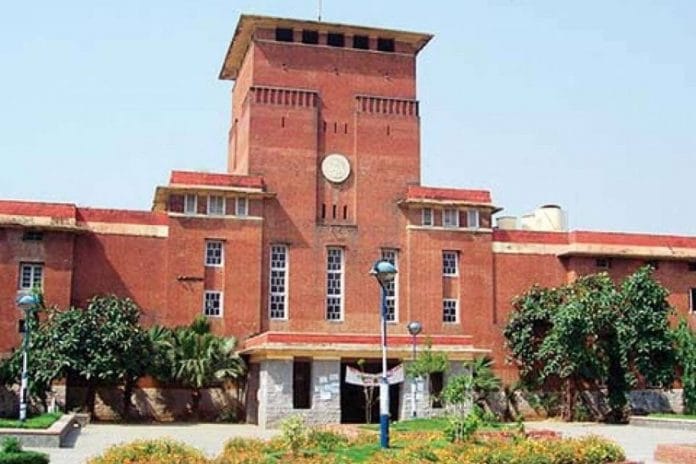The National Education Policy 2020 is a major step toward re-writing the once-cherished pages of history in the spheres of education. The Narendra Modi government’s education ministry is on a mission to mark the breadth of cultural richness and intuitive rootedness. With NEP, India’s education system will undergo serious revisions that will ultimately reconnect students with “traditional Indian values”.
In ancient India, the focus of teaching was never only on training the mind, but also on achieving the optimum possibility of human existence—the state of Sat-Chit-Anand (truth-consciousness-bliss). This cannot be achieved if teaching and learning remain cerebral alone.
Macaulay’s English Education Act of 1835 was mostly intended to create puppets who only looked Indian but were completely anglicised. Deeply capitalist in nature, it created a hazard to India’s ancient wisdom and legacy, resulting finally in its complete disintegration.
Returning to the roots
The NEP 2020 document aims at re-asserting what’s lost and re-affirming what’s past, meaning thereby transforming the entire ‘Indian education system’ into ‘Bharatiya shiksha pranali’. It enables this paradigm shift through holistic development of students, while also preserving the exuberance and diversity of Indian languages and culture.
The credit-based eight-semester format of the NEP-UGCF (undergraduate curriculum framework) is an attempt to meet global education standards while also imbuing it with Indian wisdom. The aspects instrumental in the well-being of an individual, which are often taken for granted, have been included in the curriculum through value added courses, skill enhancement courses, and ability enhancement courses.
In addition to this, students can choose from core papers, discipline-specific elective courses, and general elective papers to earn credits and complete their degree programme in three or four years. Among the stakeholders (teachers, administrators, and policymakers), there is a debate about how much emphasis or credit each component should receive, rather than whether they should be included in the curriculum at all.
Reducing the credits for Core papers from four or five to three in the UGC fixed structure affects the depth of subject knowledge. Achieving a holistic understanding of any topic requires additional readings beyond the prescribed materials. Teachers have always supplemented these through various teaching methods and research activities.
For instance, the syllabus of UG programmes at the University of Delhi is undergoing revisions so it aligns with the NEP 2020. Academic year 2024-25 will be the last one featuring the choice-based credit system (CBCS) and the following year will finally witness the complete cycle of the fully implemented NEP-UGCF.
Also read: ‘Indianising’ education isn’t about Macaulay or ‘saffronisation’. It’s ‘tadka’ vs ‘achar’
Seeking feedback from all
It may be hoped that the revisions required at multiple levels will be completed by then. Any anomalies after implementation will be continuously addressed by the UGC and DU administrations. Timely interventions by the Academic Council members and Delhi University Teachers’ Association (DUTA) in this matter will be important.
For example, several proposals are being considered to enhance the implementation of the policy, including increasing practical sessions from 2 to 3 hours, extending theory classes from 3 to 4 or 5 hours for core papers instead of maintaining 4 credits, and granting universities more flexibility to adjust the structure and credits according to specific programmes.
DUTA’s stupendous record of more than 4,500 permanent appointments at DU and its colleges, its staunch desire to fulfil the remaining posts, and its efforts at diluting UGC’s rigid rules into more teacher-friendly regulations, have all been culminating toward the glorious future envisioned in NEP 2020.
It is time for the government to fulfil its duty—and its promise—toward publicly funded universities by releasing more grants-in-aid so they can meet additional requirements of physical infrastructure and sanction teaching posts generated due to NEP implementation.
Attempting a conclusive assessment of the NEP-UGCF at this stage would be like eating a half-baked slice of bread. The intent envisioned in the policy aligns with the life of bliss cherished by the Gurukul pupils in the past, which the new generations also deserve.
Rigorous feedback from all stakeholders will be pertinent in the academic year 2025-26 when the first batch will graduate under NEP-UGCF. At that time, all necessary changes may be implemented to fulfil the humanistic vision of the NEP 2020. Till then, it is advisable to critically engage in its successful implementation and refrain from premature assessment or judgement.
A K Bhagi is chemistry professor at Dyal Singh College (DU) and president of DUTA. Views are personal.
(Edited by Prasanna Bachchhav)






